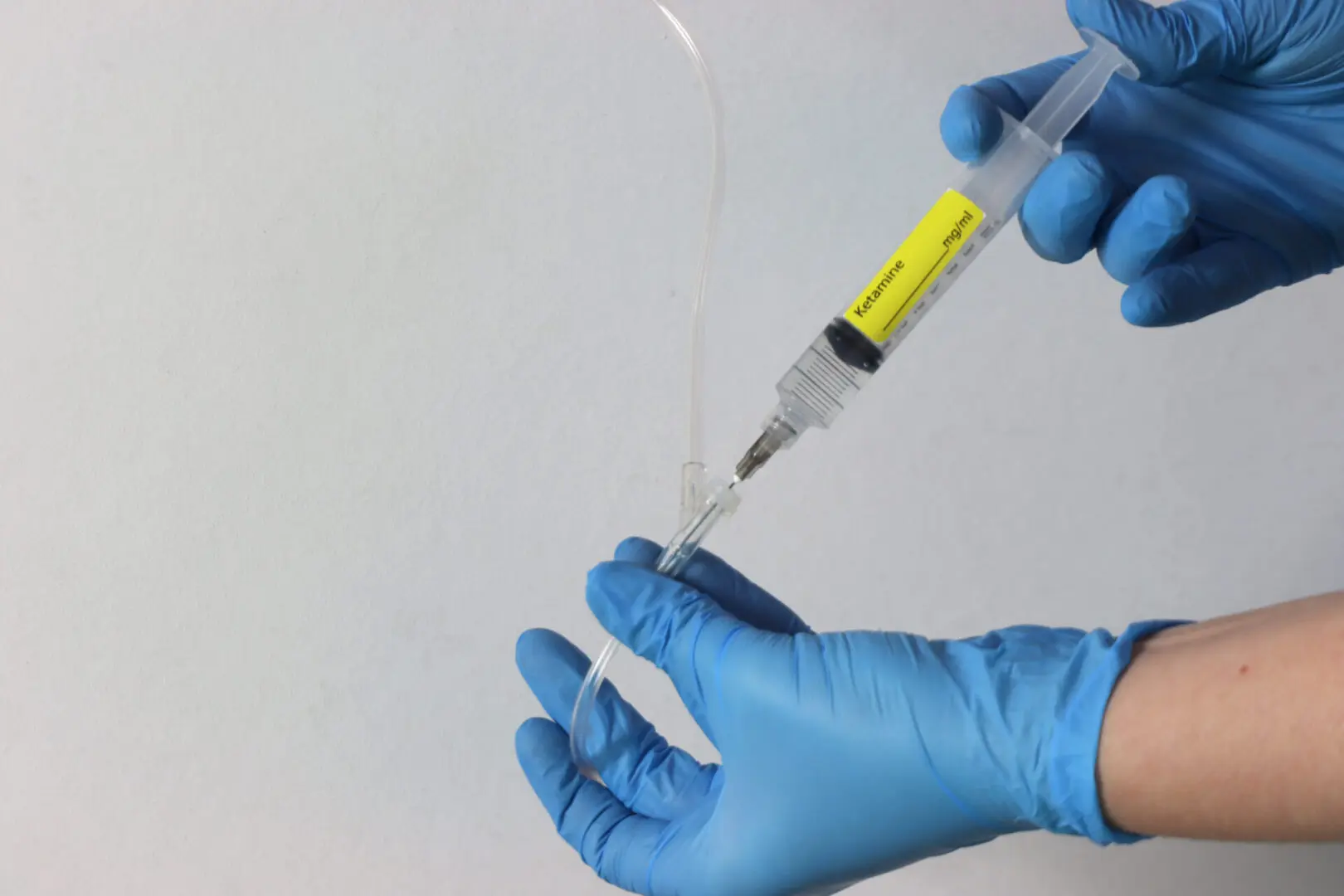Pain
Pain can be managed with ketamine, and it probably works through a different mechanism than opiates. Ketamine activates a nitric oxide pathway. We have seen patients taking high dose opiates reduce their dose tremendously or not even need opiates for a period of time after treatment. Due to severe supply chain shortages of pain medication and how pharmacies look at patients taking these medication’s, we will likely be prescribing ketamine to replace pain medication monthly by 2026.
Addiction
I have patient I treat with Suboxone for opiate use disorder who recieve Ketamine. They can go without Suboxne doses for up to 5 days after the first injection. Continued treatments will end the Suboxone “dependence.” This goes opiates and even bezodiazepines, such as Xanax. One patient had single tretment and discontinued Clonazepam. Your results may vary it is approriate to state.
Not officially approved uses but discussed are

Dementia
We have patients waking up from their dementia. There are articles written on the topic. We have some wonderful videos of a gentleman who is transformed from a flat robot to a funny comedian.
Cerebral Palsy and Other Neurologic Disorders
We have a patient currently going through treatment with Ketamine. He had four treatments with intramuscular injections, and his muscles became much less spastic. His posture improved and he was able to sit in a chair and use out-stretched, arms and legs, which he had never really been able to do prior. His roommate used to bring him and help with everything through the office and now he operates on his own quite independently. The office staff say he speaks much better these days. He says we have changed his life.
